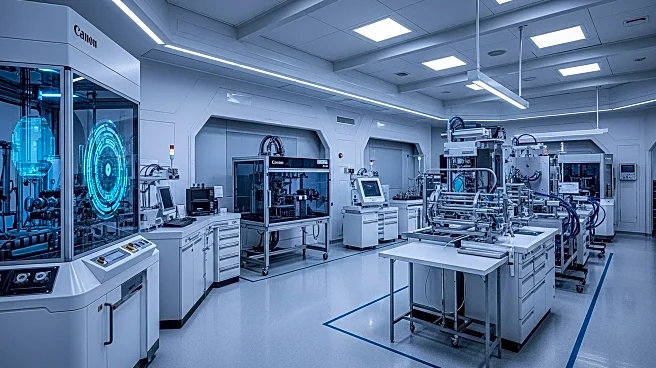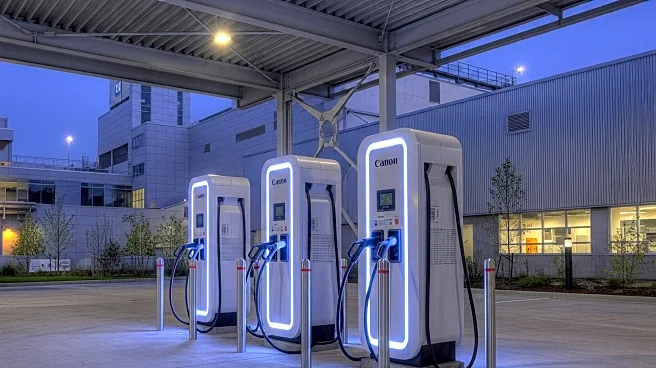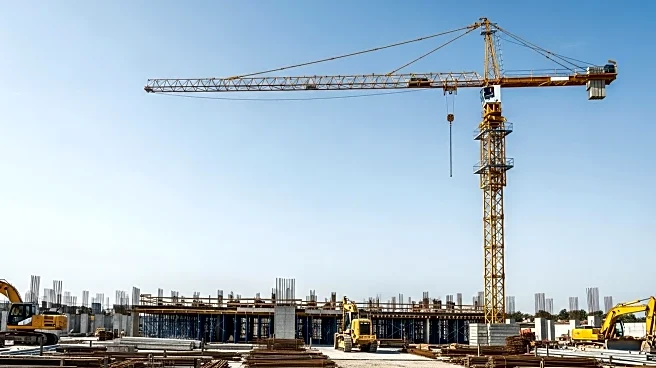What's Happening?
A report from consulting firm McKinsey highlights that modular construction firms with the highest returns typically build around a strong system and exercise control over the value chain. The report suggests that profitability often increases when companies simplify their operations, such as focusing on one material or less complex projects, allowing factories to maintain steady production levels. The modular industry remains a small segment of the overall construction market, and the next phase will test whether companies can scale without repeating past failures.
Why It's Important?
The findings underscore the importance of strategic investment in modular building systems and the refinement of production processes. Successful firms that manage design and manufacturing internally or align closely with partners across these stages capture significant benefits. This approach allows for repeated and refined production, leading to cost advantages. Companies that focus on a single material, like steel or timber, achieve better cost efficiency compared to those diversifying across multiple materials. The report also warns against overexpansion, as firms that invested in automated factories without securing demand faced low capacity and fragile balance sheets.
What's Next?
The modular construction industry is poised to test its ability to scale effectively. Firms that have proven their approach in specific asset types or geographies may expand outward successfully. The industry will need to balance innovation with demand to avoid the pitfalls of overexpansion. Companies may continue to refine their modular systems and value chain control to enhance profitability and market share.
Beyond the Headlines
The report highlights the potential for modular construction to revolutionize the building industry by offering cost-effective and efficient solutions. However, it also points to the need for careful strategic planning and investment to avoid the risks associated with rapid expansion. The modular approach could lead to long-term shifts in construction practices, emphasizing sustainability and resource efficiency.











